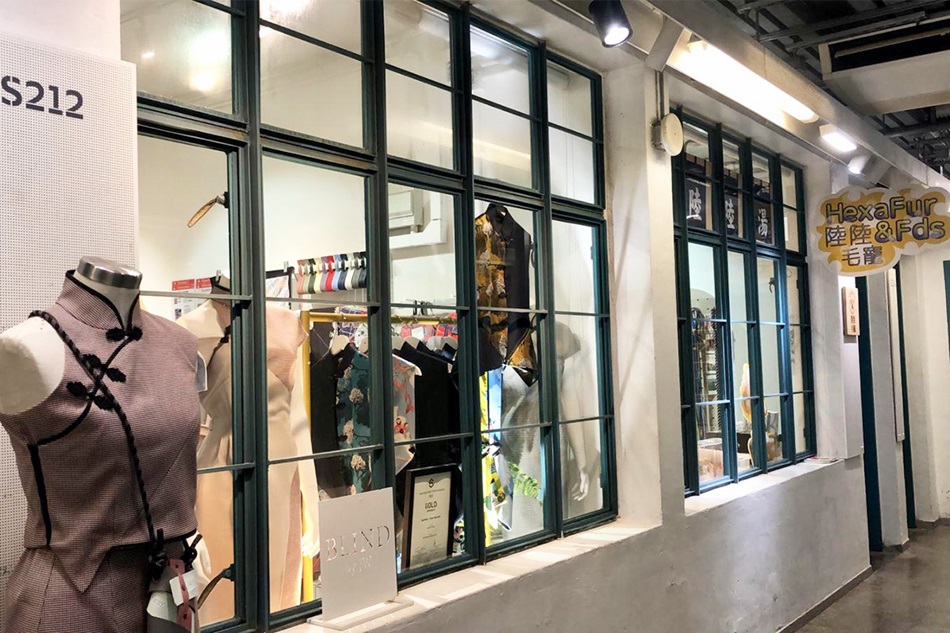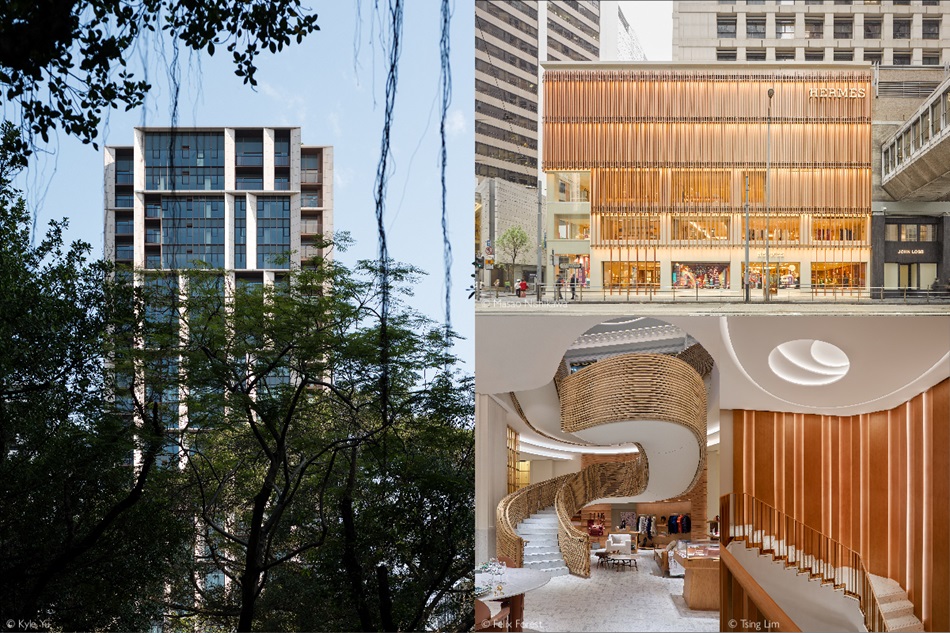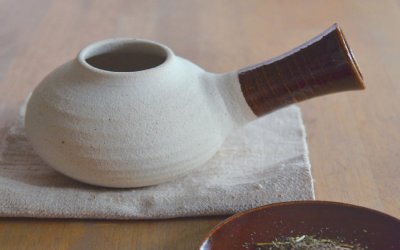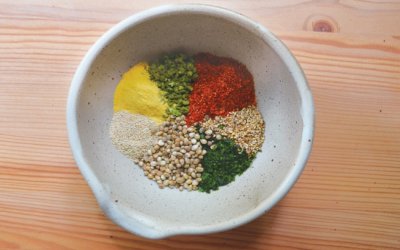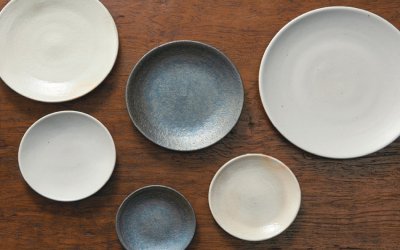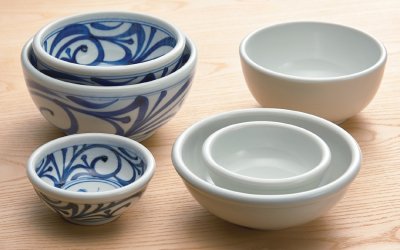Found MUJI UTSUWA – Japanese tableware
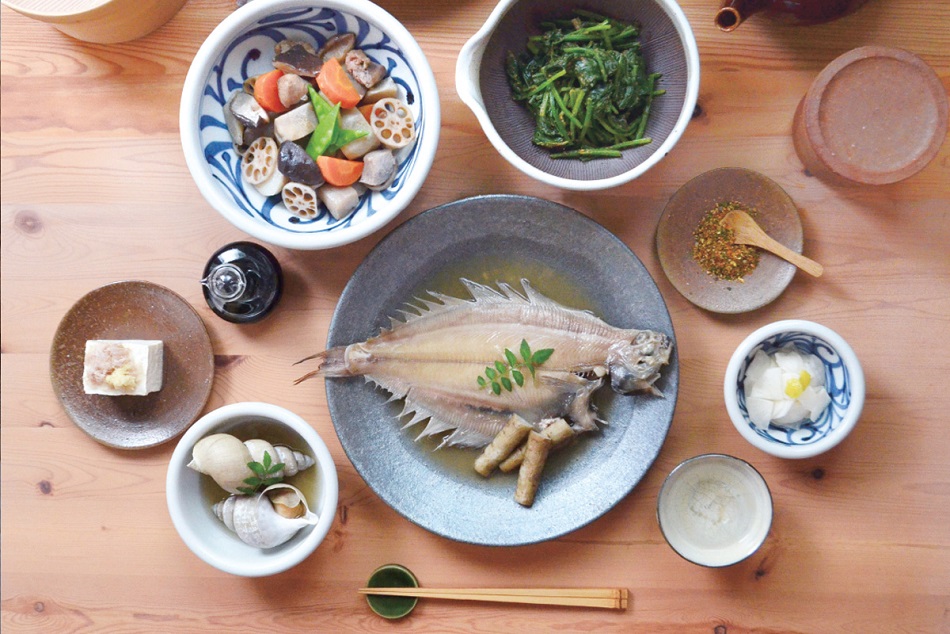
28 October 2016 (Friday) – 25 November 2016 (Friday)
12:00pm – 8:00pm (Sunday – Thursday)
12:00pm – 9:00pm (Friday, Saturday & public holidays eve)
TIME: 12:00pm – 8:00pm (Sunday – Thursday) 12:00pm – 9:00pm (Friday, Saturday & public holidays eve) S107, Staunton
S107, Staunton
Free
+852 3971 3138
To explore tableware while traveling Japan is to discover the heart and soul of different regions, each expressed by its ceramic works.
Earth dug up near a studio kiln is carefully processed to make clay, then shaped by hand, and finally fired slowly over time with wood gathered in nearby forests to transform it into implements and utensils for use in the home. The most basic ceramic glaze is simply rice husk and straw ash mixed in water. Though the materials and firing methods used today vary widely, ask about the history of any traditional kiln and you’ll hear a similar story. Towns with flourishing ceramics industries all have good soil, forests that provide proper firewood, and trade routes that ran nearby since ancient times.
Ceramics are not simply dishes that are used to set the table. Items that have long been an essential part of people’s lives-water jugs, pots for storing seasonings or for preserving food, mortar bowls, and horoku earthenware roasting pans-all come from the potter. Japanese cooking features seasonal seafood and mountain ingredients, and this widely varied cuisine is the key to the wide array of kitchenware seen in Japan today.
Found MUJI UTSUWA-Japanese tableware, introduces some of the classic pieces for which ancient ceramic towns across Japan are known. We invite you to set your dinner table with works crafted from local earth, developed to make daily life easier. Here we present a selection from coarse earthenware of Kasama, pots from Tokoname to preserve food, and thick white porcelain from Tobe.
Know more about Found MUJI
Website: www.muji.com/hk/
Facebook: https://www.facebook.com/muji.hongkong
Instagram: @muji_hongkong

